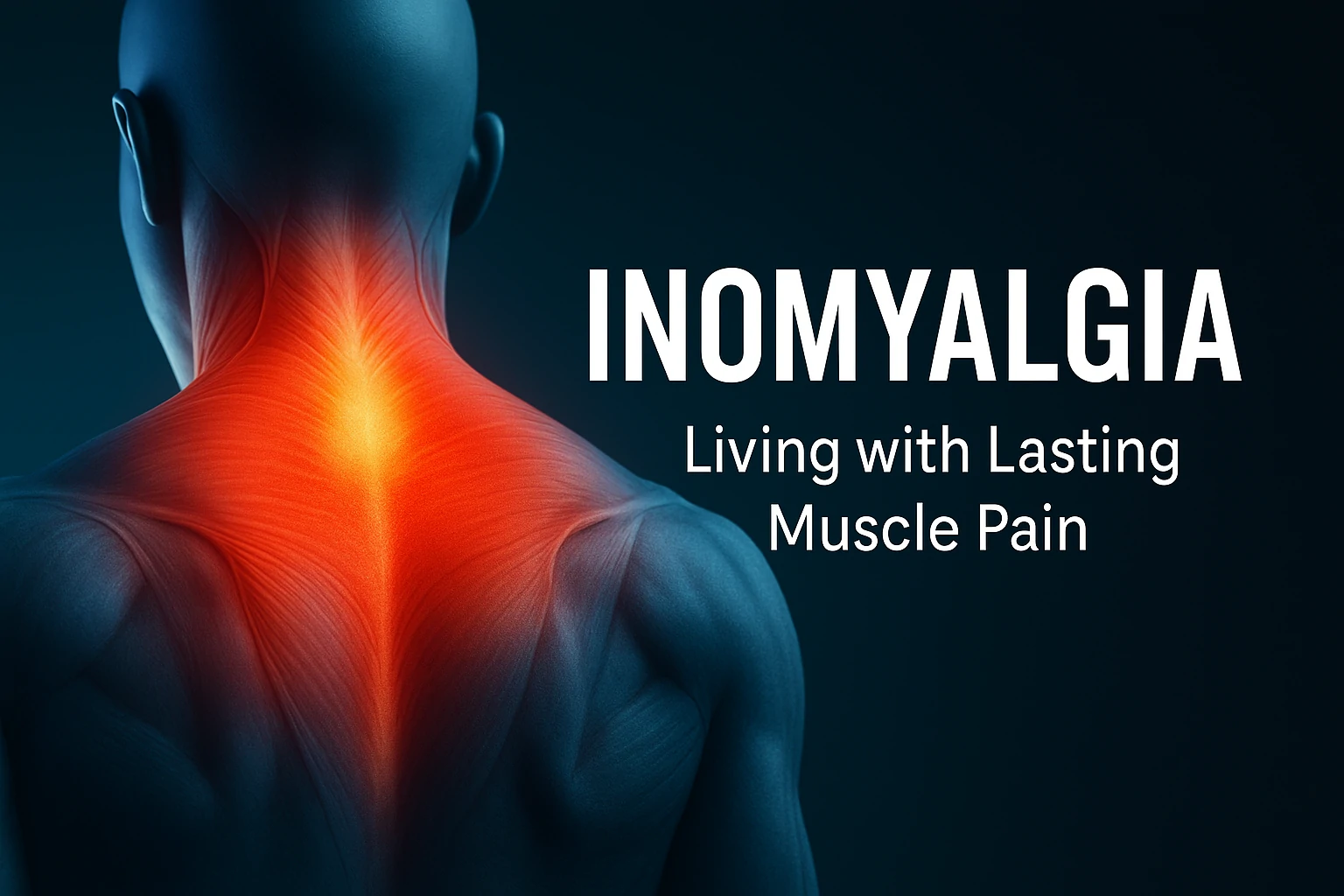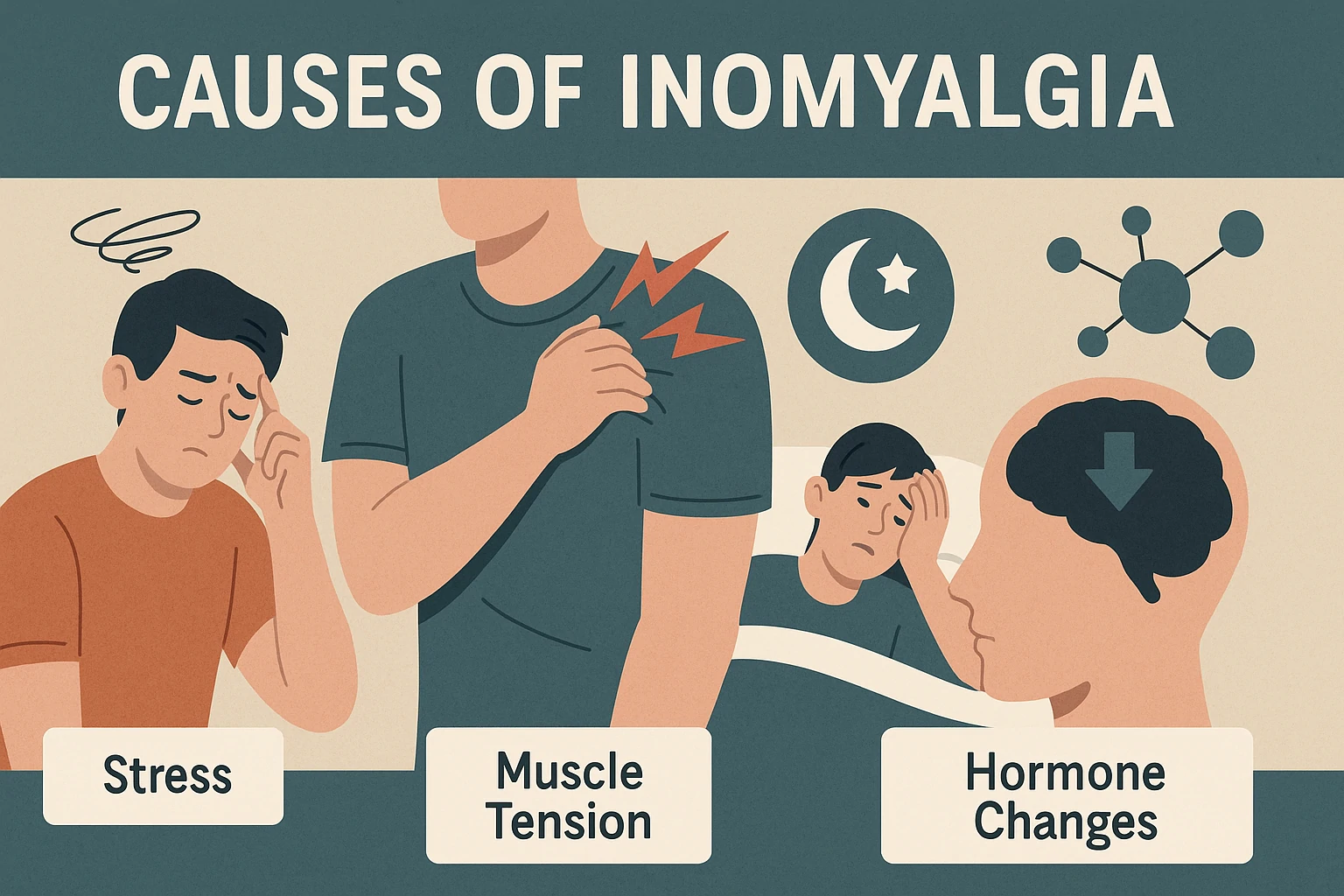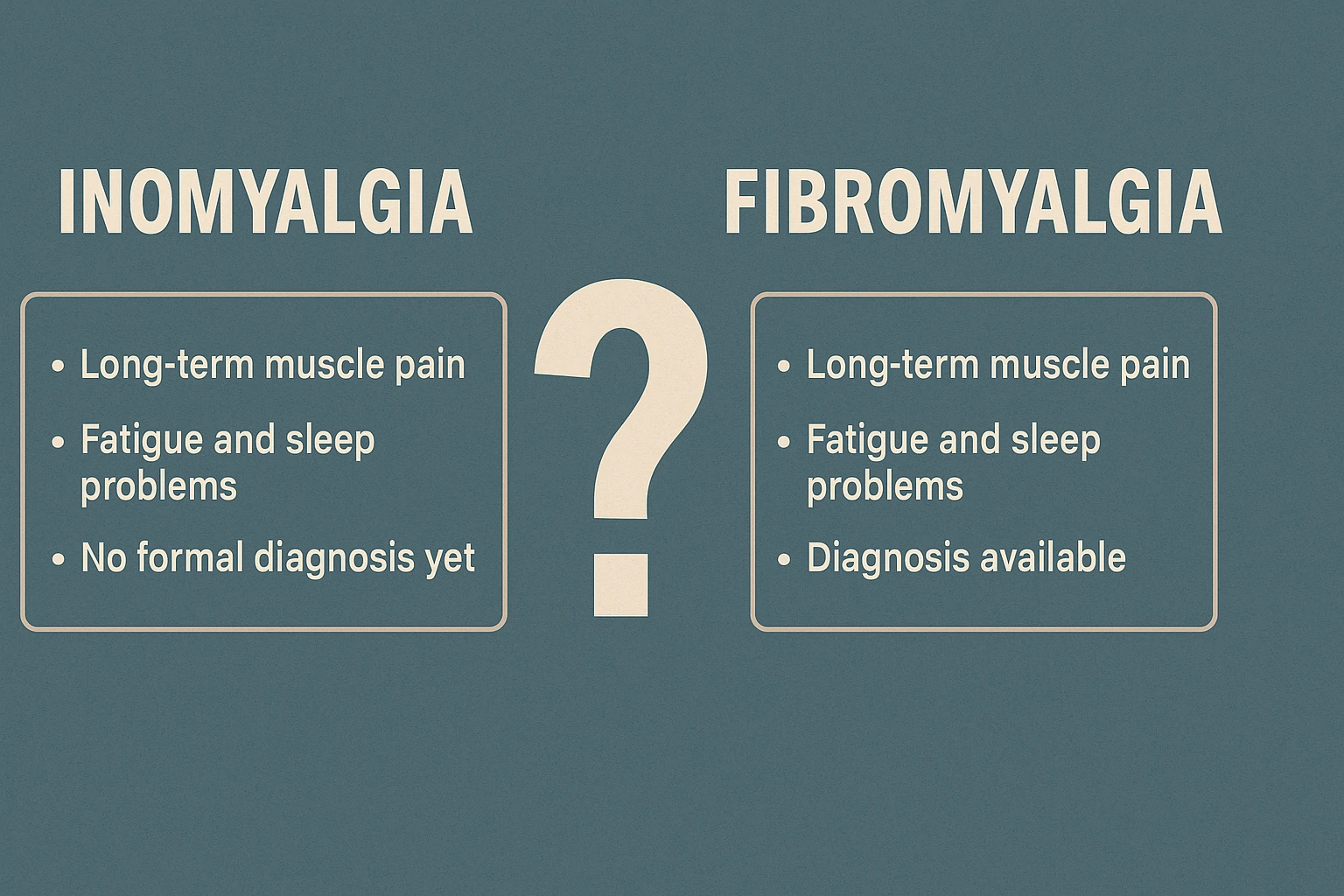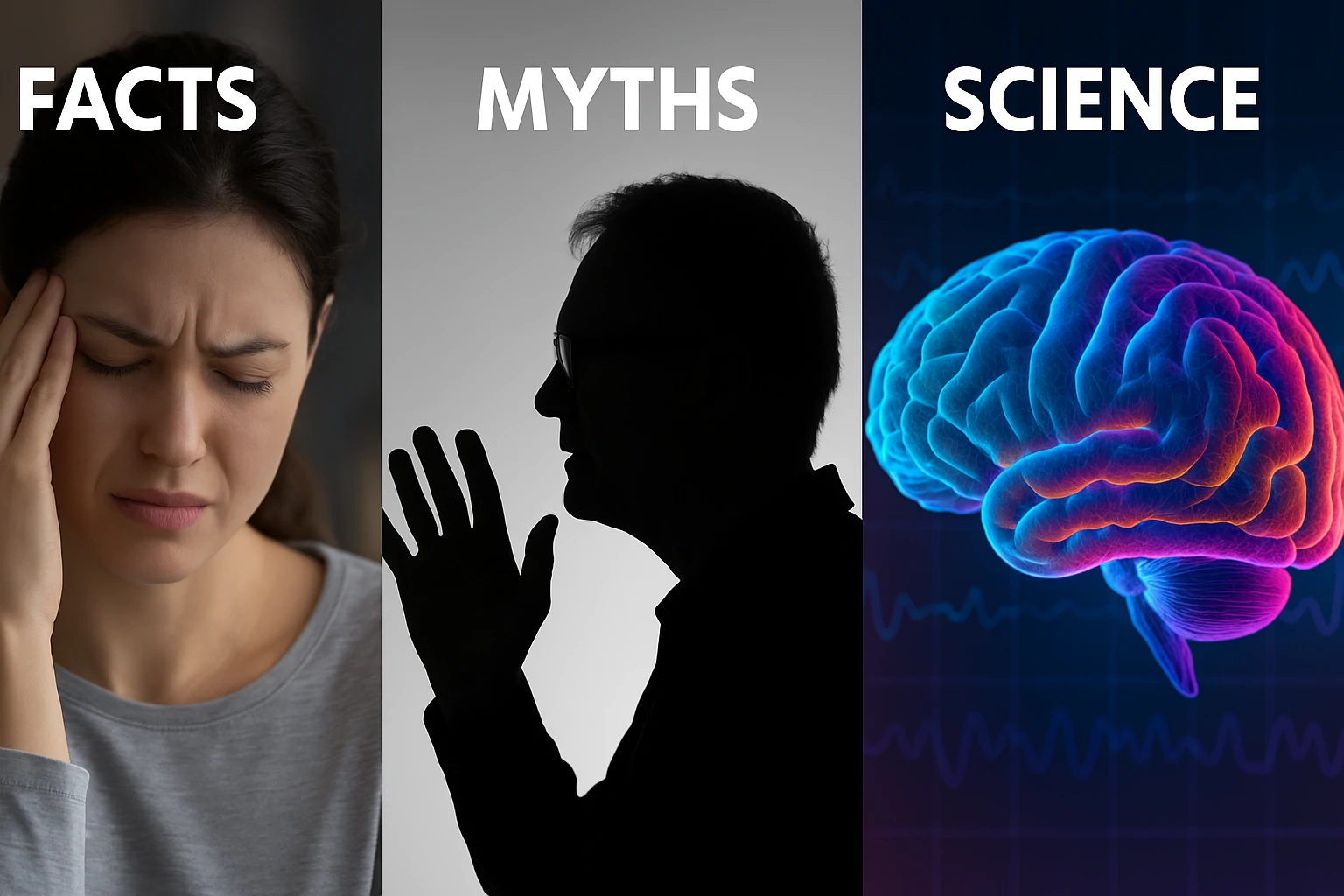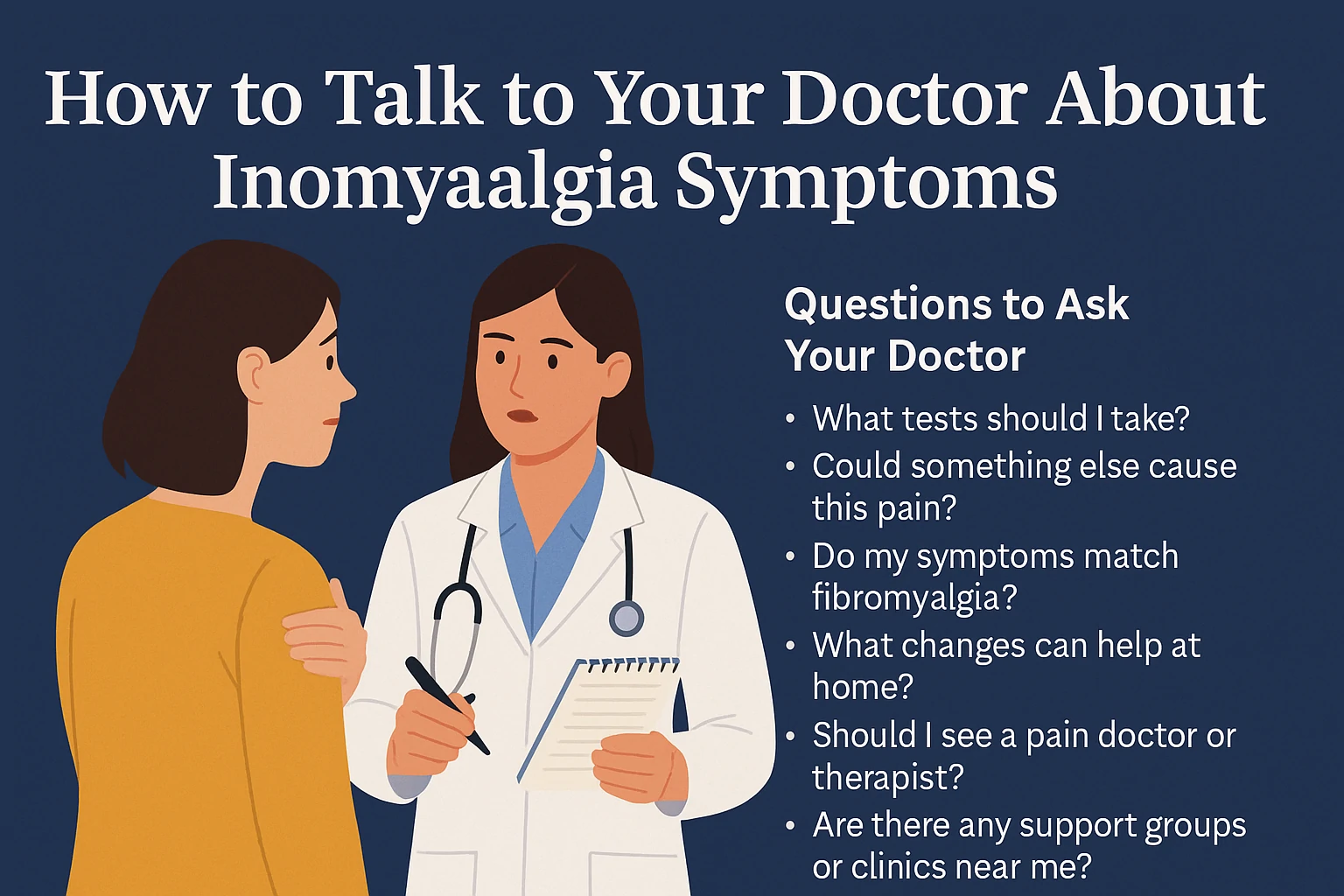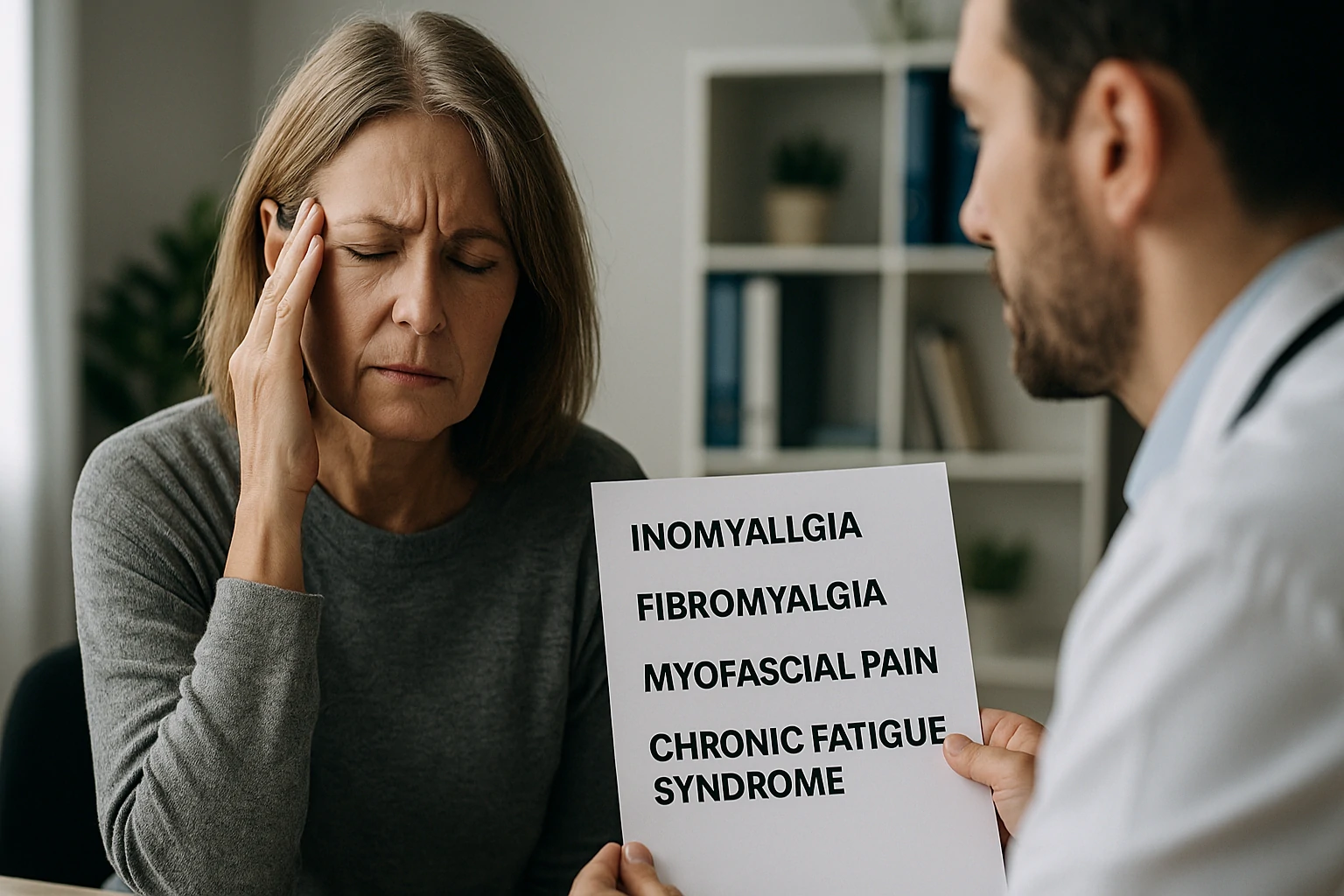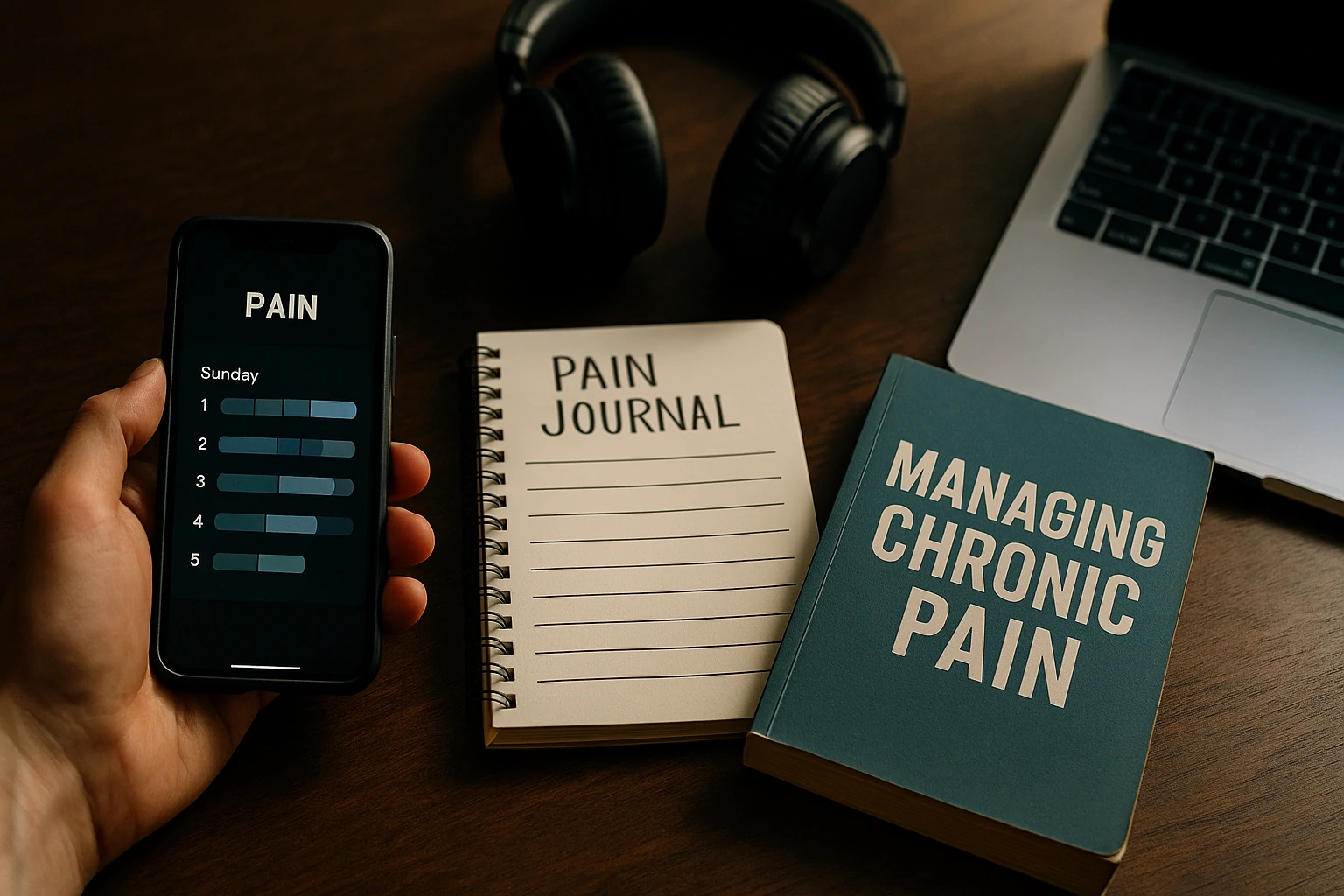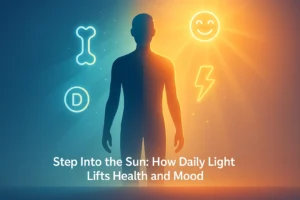Muscle pain can affect daily life in many ways. It makes simple tasks feel harder. It lowers energy. It changes mood. Many people feel pain for years and still don’t know why. Doctors may struggle to give answers. Inomyalgia is one term that some now use to describe this lasting muscle pain.
Inomyalgia is not yet a well-known word in the medical world. Some doctors use other names like myalgia or fibromyalgia. Still, the symptoms are very real. People who talk about inomyalgia describe pain deep in their muscles. They also mention fatigue, stiffness, and trouble sleeping. These symptoms can affect work, rest, and relationships.
This guide will explain inomyalgia in simple, clear steps. You will learn what it may mean, how it differs from other pain problems, and what might cause it. We will also look at how doctors view it today.
Real advice and tips can help people manage pain in daily life. This article will give full support from start to finish. Whether you have this pain or care for someone who does, this guide can help you understand what to expect.
Let’s begin by asking the most basic question-what is inomyalgia?
What Is Inomyalgia?
Inomyalgia is a word some people now use to describe long-term muscle pain. Doctors rarely use it. Most hospitals do not list it as an official condition. Still, more people say the pain they feel matches what this word describes.
This pain feels deep and steady. It does not start with an injury. It does not stop with rest. Many say it spreads across the body. Some feel it in the neck, shoulders, back, or legs. Others say it moves from one place to another.
The pain may stay for weeks or even years. Rest does not fix it. Sleep often feels broken. The body may feel stiff and slow. Muscles may feel sore after small tasks. Even light stress can make it worse.
Some doctors compare inomyalgia to fibromyalgia. Others believe it may be a type of chronic pain with no set cause. The word may be new, but the symptoms are not. People who feel this pain deserve care and support, no matter what name it is given.
Causes of Inomyalgia
The exact cause of inomyalgia is not clear. Still, many experts believe it may come from several factors working together. These factors can include both physical and mental health.
One possible cause is stress. When a person feels stress over time, the body stays tense. Muscles stay tight. This tension may turn into pain. Another cause may be sleep problems. The body needs rest to heal. If sleep stays broken, pain often gets worse.
Hormone changes might also play a role. Some people with inomyalgia may have lower levels of certain brain chemicals. These chemicals help manage pain and mood. When they fall, pain can rise. Past illness or infections may also start the pain. Once pain begins, the brain can grow more sensitive over time.
Inomyalgia does not come from one thing. It may start with small triggers. Then those triggers grow over time until pain becomes part of daily life.
Common Symptoms of Inomyalgia
People with inomyalgia often feel deep, steady pain. It may start in one spot and spread to other areas. Some feel it across the body. Others feel it in just a few places. The pain does not stop after rest or sleep.
Stiff muscles are common too. The body may feel tight in the morning. It may feel slow after sitting too long. These muscles do not relax with ease.
Fatigue plays a major role. This is not normal tiredness. It is full-body exhaustion. It may feel like the body ran a race without moving. Sleep does not help much.
Many also feel confused or forgetful. Thoughts slow down. Focus slips. People forget tasks or lose their place. This brain fog makes life feel harder.
Other signs may include:
- Trouble falling asleep or staying asleep
- Mood swings or sadness
- Frequent headaches
- Pins and needles in hands or feet
- Jaw or facial pain
These signs do not always appear together. Some fade, then return. Others stay for weeks. If these symptoms disrupt work, school, or home life, a doctor may help you find answers.
You can also read the Insoya Health Guide: Benefits, Fitness Use, Wellness Impact, and Daily Tips to explore more ways to support your body each day.
Inomyalgia vs Fibromyalgia: Are They the Same?
This is a key question. Many people confuse inomyalgia with fibromyalgia. They do share a lot of signs. Both involve long-term muscle pain. Both may include fatigue, sleep issues, and brain fog.
Fibromyalgia is an accepted diagnosis. Doctors can test for it using clear signs and health checks. It affects how the brain processes pain. Inomyalgia does not have formal test rules yet. It may be used when symptoms don’t meet full fibromyalgia guidelines.
Inomyalgia could be a less intense form of fibromyalgia. Or it may be a new name for a mix of chronic pain symptoms. Experts still study this. Either way, people feel real pain and deserve care. You don’t need a perfect label to seek help.
How Doctors May Diagnose Inomyalgia
Doctors cannot test for inomyalgia with a blood test or scan. Instead, they ask questions. They may check for pain patterns, sleep habits, and overall mood. They want to know how long the pain has lasted. If it goes beyond three months, they may explore chronic pain causes.
Doctors also try to rule out other problems. They check for arthritis, nerve damage, or vitamin issues. Once they rule those out, they look at the full picture. If nothing explains the pain, but symptoms match, they may use the term inomyalgia.
Diagnosis often feels slow. Some doctors may not use the word “inomyalgia.” Still, if your symptoms match and nothing else fits, this guide may help you find answers.
Can Children or Teens Get Inomyalgia?
Yes, Some young people feel deep muscle pain that lasts. It may start after illness, stress, or no clear reason at all.
Doctors may not use the term “inomyalgia,” but they still treat the symptoms. Kids may feel tired, sore, and foggy. They may miss school or stop doing favorite activities.
Many feel lost or unheard. Teachers and parents may not see the pain. This makes it harder to cope.
Keep a record. Write down pain days, sleep, and stress. Share it with a doctor. Early care helps kids learn to manage symptoms before they grow up.
Support at school also matters. Some students need breaks or shorter days. A soft chair or rest pass can make a big difference.
Facts, Myths, and What Science Says
Some believe inomyalgia is “just in the head.” That idea is false. The pain is real. It affects daily life and makes simple tasks feel hard. People who feel it often face doubt from others. That can make the pain worse.
Another myth says only older adults get this pain. That is not true. Inomyalgia can begin in the 20s or 30s. It may start slow, then grow over time. It can stay for years if left untreated.
Science still learns more about it. Studies on chronic pain continue to grow. Brain scans show pain can change how the brain reacts. It may grow louder over time, even without injury.
Doctors now see pain as both physical and emotional. It touches the brain, muscles, sleep, and mood. New treatments aim at the full problem, not just the body.
Living with Inomyalgia: Safe Ways to Manage Daily Pain
Pain that stays each day can change your life. It may slow how you move. It may steal your rest. You may feel stuck in a body that no longer works as it should. Still, small changes can help. Safe habits give you relief.
Begin with a steady routine. Get out of bed at the same hour. Eat meals on time. Go to sleep at a set hour each night. This rhythm keeps your body calm. It does not cure pain, but it helps ease the stress.
Heat can help sore muscles. Try a warm bath or a heat pack. This softens deep aches. Add gentle stretches after you wake up. That helps loosen tight spots before they turn sharp. Keep movements slow and light. Do not rush.
Break your day into parts. If you feel pain coming, pause. Rest before the pain gets worse. Avoid doing too much at once. Mix short tasks with rest. Let your body lead. This builds strength and keeps flare-ups away.
Simple Habits That May Ease Inomyalgia Pain
Daily pain drains the body. It also clouds the mind. Still, small habits can bring relief and strength.
Eat whole foods. Pick fresh fruits, crisp vegetables, whole grains, and lean meat. These fuel your body. Many people feel worse after sugar or packaged food. Track what you eat. Look for foods that may trigger pain.
Drink water through the day. Muscles stay loose and strong when they get enough fluids. Low water can cause cramps and low energy.
Step into the sun. Fresh air and light can lift your mood. A short walk can clear your head and reset your body clock.
Cut out things that cause harm. Caffeine, alcohol, and tobacco can steal sleep and raise stress. Dropping them helps your body rest and heal.
Set up a calm space for sleep. Use soft light and keep noise low. Cool air helps the body wind down. Turn off screens early. Read or breathe slow to fall asleep with ease.
Each step takes little time. But together, they guide your body toward peace and comfort.
To learn more about safe healing habits, check out What Doctors Say About Conch Piercings: Hygiene, Pain, and Healing Time.
Can Exercise Help Inomyalgia? What Doctors Recommend
Yes, but take it slow. Movement helps blood flow. It builds strength and lifts mood. Still, the wrong steps can cause pain.
Begin with short walks. Five minutes is enough to start. If it feels safe, walk a bit more. Keep your pace even. Skip hills or fast steps at first. Water exercise is a good choice. The water holds your weight and protects sore joints.
Try yoga or tai chi. These use slow steps and deep breath. They calm tight muscles and ease stress. Ask your doctor first. You may need a physical therapist to guide your moves.
Do not rush. The goal is to move without extra pain. Each small step brings you closer to steady health.
How to Talk to Your Doctor About Inomyalgia Symptoms
Some doctors may not know the word “inomyalgia.” Use clear, simple words. Point to where it hurts. Say when the pain started.
Explain how the pain affects sleep, mood, focus, and daily life. Keep a short log before the visit. This helps you remember key points.
Bring questions. Ask if they ruled out other causes. Ask what tests may help. Ask how to ease the pain in safe ways. Ask if your signs match fibromyalgia or another known issue.
Speak with calm and care. Some doctors may not know all answers. A good one will still listen and try to help. If not, find a second opinion.
Questions to Ask Your Doctor
Clear questions lead to better care. Write them down before your visit. This keeps your thoughts clear and your mind calm.
You can ask:
- What tests should I take?
- Could something else cause this pain?
- Do my symptoms match fibromyalgia?
- What changes can help at home?
- Should I see a pain doctor or therapist?
- Are there any support groups or clinics near me?
Bring someone you trust if you feel nervous. Take notes during the visit. Read them later to remember what was said.
Inomyalgia Self-Care Guide: Small Changes That Make a Big Difference
You may not erase the pain, but you can take control. A few small actions each day can help your body feel calm and strong.
Choose one goal. Don’t rush. Walk for five minutes. Rest a bit earlier. These small shifts build steady progress.
Write things down. Keep a notebook. Track your meals, mood, stress, and pain. Over time, you will notice what makes things better or worse.
Keep your space calm. Bright lights and loud sounds can make pain feel sharper. Stay in a quiet, cool place when you need rest.
Connect with real people. Join a group or talk to someone who understands. You are not alone in this.
Celebrate every step. Each small win means something. Stop, smile, and know you are moving forward.
Natural Ways to Support Muscle Health if You Have Inomyalgia
Some natural steps can support your muscles and lower pain. Here are a few ideas:
Magnesium-rich foods help relax muscles. Eat bananas, spinach, nuts, and seeds. You can also ask your doctor if a supplement is safe.
Essential oils like lavender or peppermint may ease pain. Rub a small amount on sore spots or use them in a diffuser.
Massage therapy can help loosen tight spots. A light touch is best. Tell your therapist about your pain so they can adjust their pressure.
Warm baths with Epsom salts may calm sore muscles. Soak for 15-20 minutes in the evening.
Mind-body tools like meditation, breathwork, or gentle music can help reduce stress and pain. Use them when you feel tense or overwhelmed.
To explore support for men’s mental health, see How the Blue Ribbon Movement Supports Men’s Mental Health.
Medical Treatment Options for Inomyalgia
Doctors often build a treatment plan based on symptoms. There is no single cure, but some tools may reduce pain and improve daily life.
Pain Relief Medicines
Over-the-counter pain relievers may help mild cases. These include acetaminophen or ibuprofen. Doctors sometimes prescribe stronger medicines for deeper pain.
Antidepressants like duloxetine may help reduce nerve pain. These drugs also improve mood, which may lower stress and tension in muscles.
Some people take muscle relaxers. These help ease tight or cramping muscles. Each person reacts differently, so you must work closely with your doctor.
Therapy That Supports the Body and Mind
Cognitive therapy can help many people. It teaches better ways to respond to pain. You learn how thoughts and feelings affect how the body reacts.
Some clinics also use group therapy or stress tools. These options reduce pressure in the mind, which may lower pain in the body.
Physical and Occupational Therapy
A physical therapist can show gentle stretches or safe body moves. These reduce stiffness and may improve strength.
Occupational therapists help you work, cook, and clean with less strain. They can suggest tools to make simple tasks easier.
Pain Clinics and Integrated Care
Pain clinics offer full care. A team of doctors and therapists work together. They track your pain and adjust your plan over time. Many people feel better with a full care team.
Inomyalgia VS Other Pain Disorders
Inomyalgia often gets confused with fibromyalgia, myofascial pain, or chronic fatigue syndrome. Each has some overlap. But they are not the same.
Fibromyalgia includes full-body pain, fatigue, and sleep issues. It is more studied and accepted. Doctors use set guidelines to diagnose it.
Myofascial pain involves “trigger points” in the muscle. These points cause sharp pain when touched. It often affects a specific area, not the whole body.
Chronic fatigue syndrome focuses more on tiredness than pain. People feel deep fatigue that does not go away with sleep.
Inomyalgia seems to mix traits from each. That’s why people often feel unsure what they have. Doctors need to look at the full picture before giving a name.
Can Inomyalgia Get Worse Over Time?
Pain may stay the same for some people. Others may feel it grow worse with time. The change often depends on daily habits, stress, and sleep.
When pain stays untreated, it may spread. You may feel it in more places or notice that mild touches feel stronger than before. This is called pain sensitivity.
You can slow this process. Rest, light movement, and a calm routine help. If the pain becomes stronger or affects more of your life, talk to a doctor. Early help leads to better results.
The Hidden Side of Inomyalgia
Pain is not the only problem. People with inomyalgia also face doubt, confusion, and judgment. Friends may not believe them. Doctors may not understand. This can lead to guilt or isolation.
Some hide their pain just to seem “normal.” Others stop going out or doing hobbies they love. Over time, this can lead to depression or loss of hope.
You are not alone. Many people face this same struggle. You deserve support and care. Pain is not weakness. It’s a signal that your body needs help.
Inomyalgia Research in 2025: What We Know Now
In 2025, research into muscle pain is growing. Brain scans now show how pain changes brain activity. Experts study how nerves and chemicals work together. They want to find better tests and treatments.
Some studies explore how trauma or stress shapes pain. Others look at the gut-brain link. Some new drugs and therapies are in trial stages.
Still, much remains unknown. Inomyalgia is not yet in medical handbooks. But that may change as more people speak up. The future of pain care may include terms like inomyalgia.
Inomyalgia and Work: What You Should Know
Chronic pain can affect your work. Long days, loud spaces, or heavy lifting may lead to flare-ups. Many feel tired or distracted at their job.
You can speak with your boss. Ask about small changes that may help. These include:
- A more comfortable chair
- Short rest breaks
- Lighter tasks
- A flexible work schedule
Some places have laws that protect workers with health issues. These laws allow you to ask for fair support.
If you can’t work, speak to your doctor. Ask if you qualify for disability aid. Each case is different, but you may receive help with bills or housing.
You are not lazy or weak. Chronic pain makes work harder. You still deserve respect and support.
Could You Have Inomyalgia and Not Know It?
It’s possible. Many people live with symptoms for years. They think it’s just “normal soreness.” Or they get told it’s stress or age. But deep, lasting pain is not normal.
If you feel muscle pain, fatigue, and brain fog often, keep track. If symptoms last more than three months and affect your life, talk to a doctor.
Getting a name for your pain can help you take the right steps. Even if the word is new, the pain is real.
Helpful Tools and Support Resources
You don’t need to handle pain alone. Many tools can guide you through tough days.
Symptom Trackers
Use a paper journal or a phone app. Write down your pain level each day. Also track:
- Sleep
- Mood
- Food
- Weather
- Activities
This shows patterns over time. You can share it with your doctor.
Online Support Groups
Many people feel pain like yours. You can join forums or groups where others share tips and stories. These groups help you feel less alone.
Check platforms like Reddit, Facebook, or health-focused sites.
Books, Videos, and Podcasts
Some experts write books on chronic pain. You can also watch short videos or listen to podcasts that explain how pain works and how to cope. Learning more helps you take better care of your body.
Professional Help
Search for therapists who work with pain. Ask if they know about chronic muscle pain. They may help with stress, fatigue, and daily balance.
Some cities have local clinics that support low-cost care.
Glossary of Key Terms
Chronic pain – Pain that lasts more than three months
Myalgia – Muscle pain
Trigger point – A spot in muscle that causes sharp pain when pressed
Flare-up – A sudden rise in symptoms
Fatigue – Deep tiredness that rest cannot fix
Cognitive therapy – Mental tools that help manage thoughts and pain
Occupational therapy – Help with daily tasks like work, cooking, or dressing
Pain clinic – A center that treats long-term pain with multiple tools
Conclusion
Hope, Healing, and Moving Forward
Inomyalgia may not be a household name. It may not yet appear in every textbook. Still, the pain it describes is real. Millions of people live with long-term muscle aches, tiredness, and foggy thinking. Some have names for it. Others do not. But the need for help is the same.
You do not need to suffer in silence. Many steps can ease the burden. Daily habits, support, rest, and medical care all play a part. The road is not easy. Still, each step counts. You are not weak. You are not broken. You are doing your best.
More doctors and researchers now study chronic pain. New tools and ideas may change how we see this condition. Until then, what matters most is you. Listen to your body. Be kind to yourself. Speak up when you need help.
Share your story. Inomyalgia may be unknown to many, but it does not have to stay in the dark.
Try a full reset with one of The Best Wellness Wochenende Plans for Mind and Body Relief.
Frequently Asked Questions
| Question | Answer |
|---|---|
| What does inomyalgia feel like? | Most people feel deep muscle pain that does not go away with rest. Some describe dull aches, stiffness, or tiredness in several areas of the body. |
| Is inomyalgia a recognized medical diagnosis? | Doctors do not widely use the term yet. Still, many agree the symptoms are real and overlap with other chronic pain conditions. |
| Can inomyalgia affect young people? | Teens and children may feel similar long-term muscle pain. They often need early care and school support to manage symptoms. |
| How is inomyalgia different from fibromyalgia? | Inomyalgia does not yet follow strict test rules. Fibromyalgia is more researched. Both share pain, fatigue, and sleep issues, but doctors treat them based on full symptoms. |
| What helps ease inomyalgia symptoms? | Daily habits like gentle exercise, warm baths, good sleep, and therapy may help. Some people also use medicine and natural methods together. |
| Does inomyalgia go away completely? | The symptoms may reduce with time and care. Some people manage well with the right plan. Others face flare-ups and long-term effects. |
| Can a person still work with inomyalgia? | Many continue to work with changes in their schedule or tasks. Support from employers and doctors helps people stay active without more pain. |
| Should you see a specialist for inomyalgia? | Doctors may refer you to pain clinics, physical therapists, or mental health experts. A full care team often gives the best support. |
Disclaimer: This article on HealthWavy.com is for informational purposes only. It does not replace medical advice, diagnosis, or treatment. Always consult a qualified healthcare professional about any health concerns.

